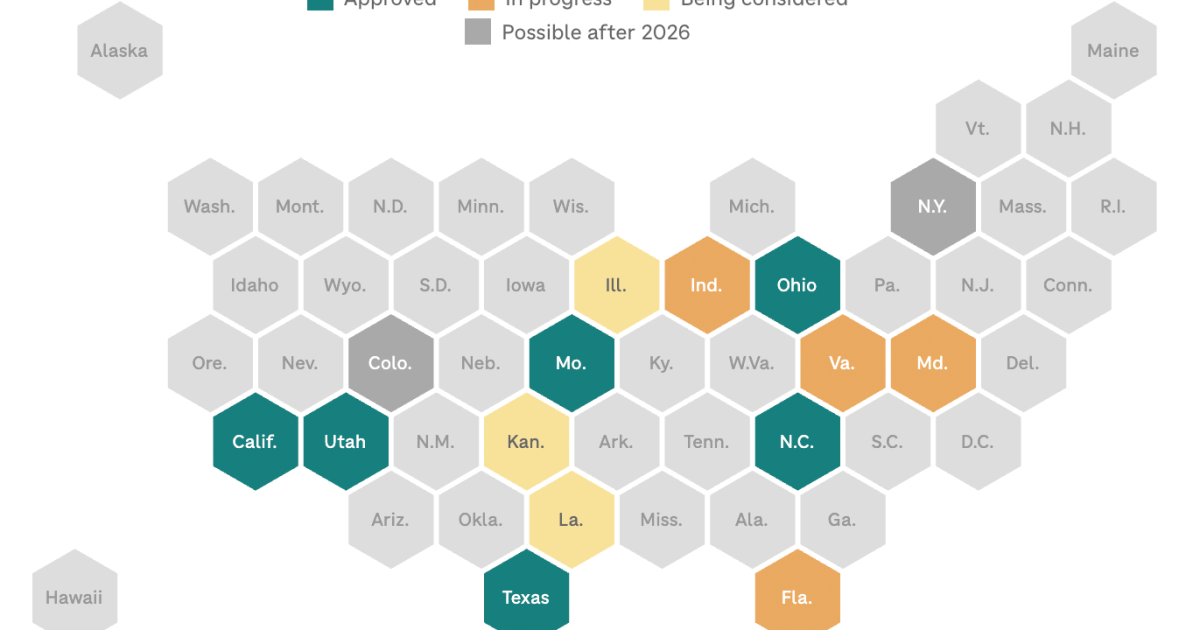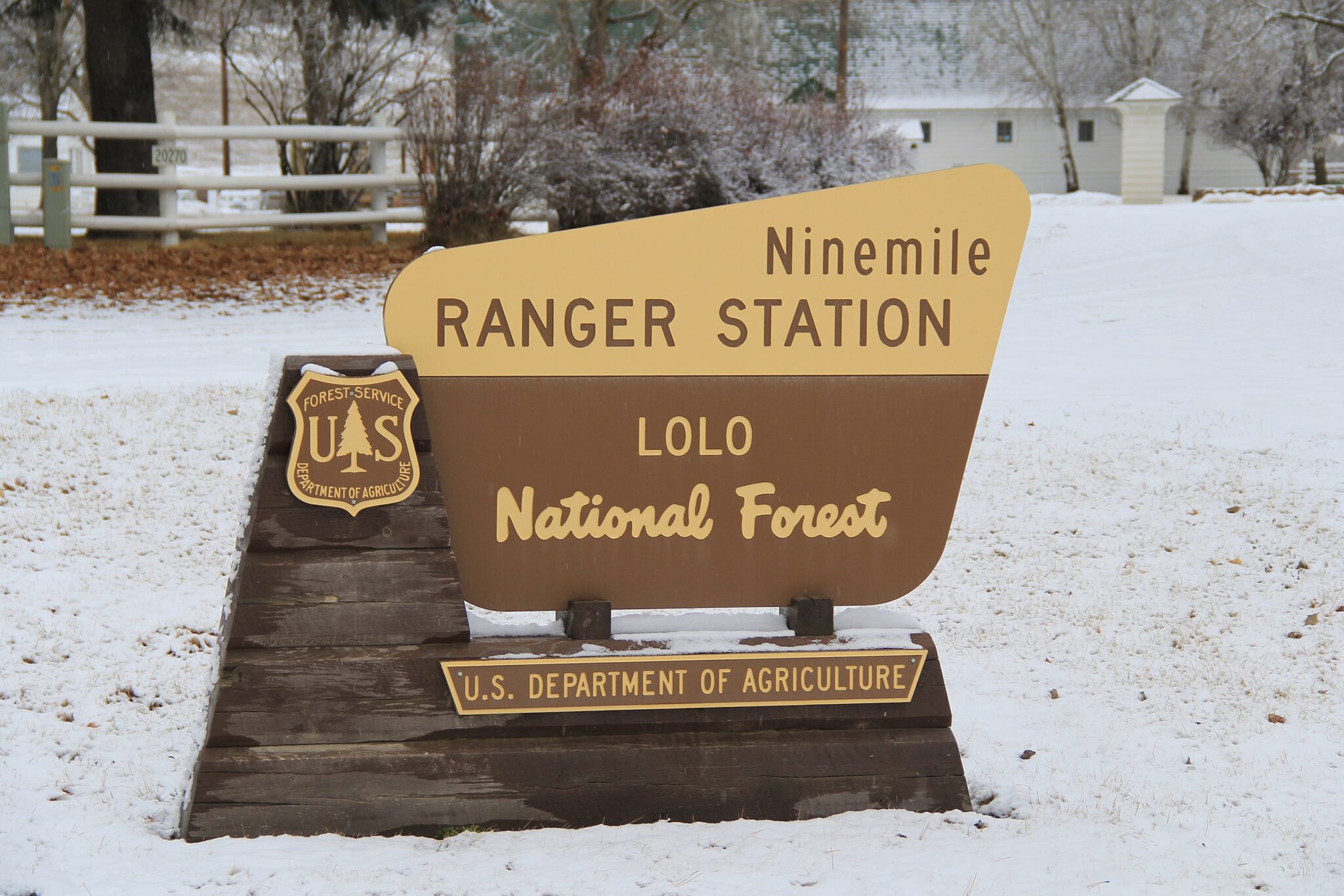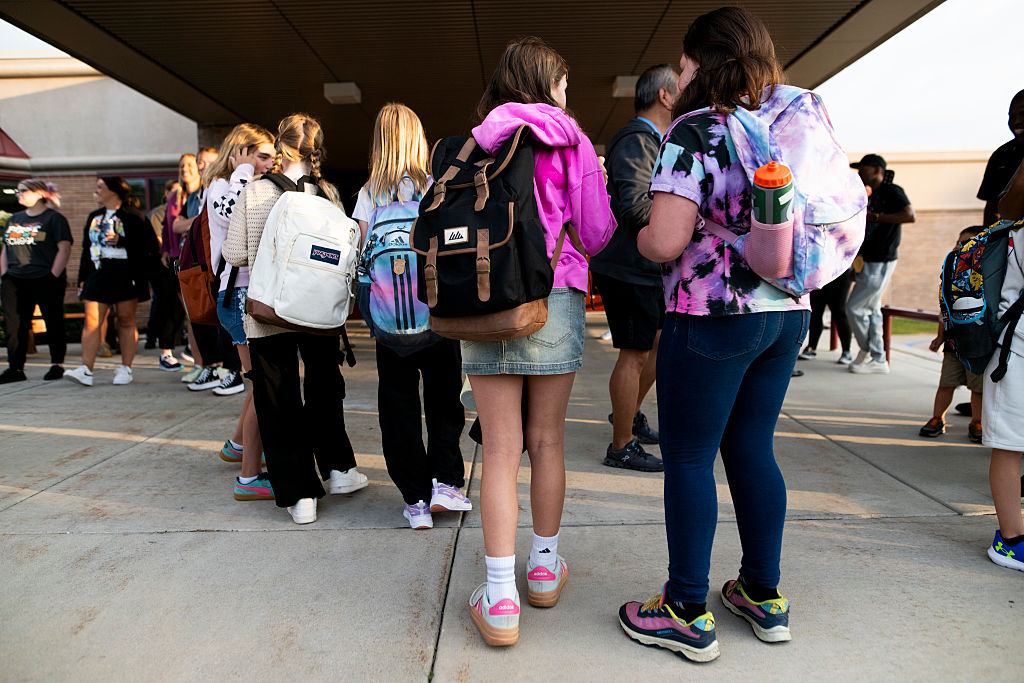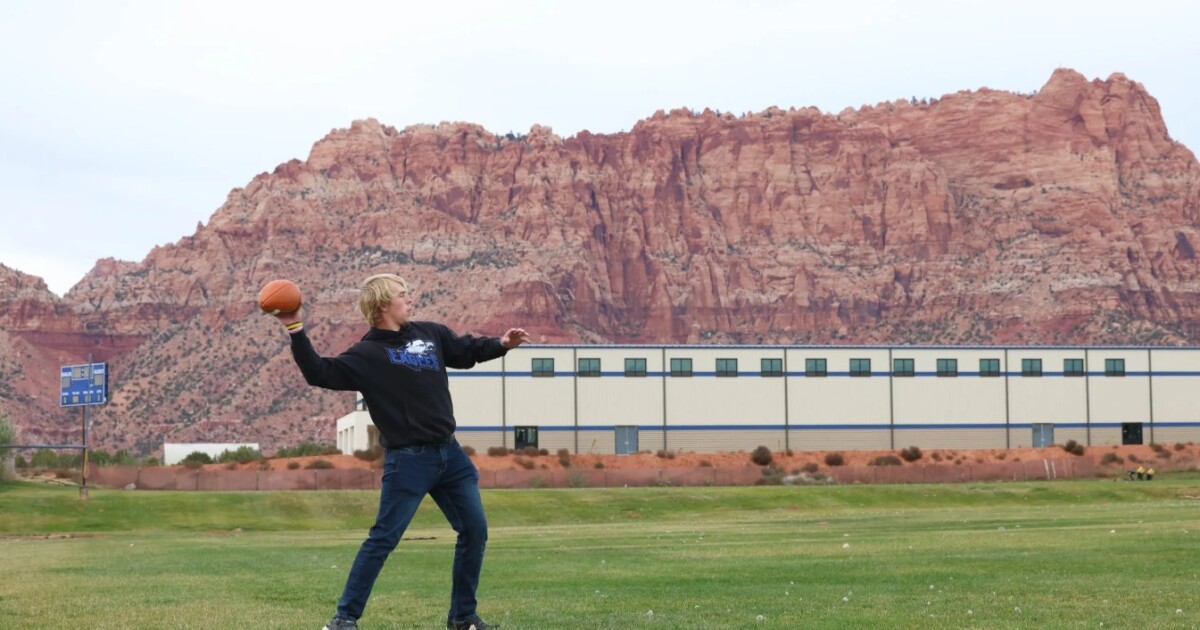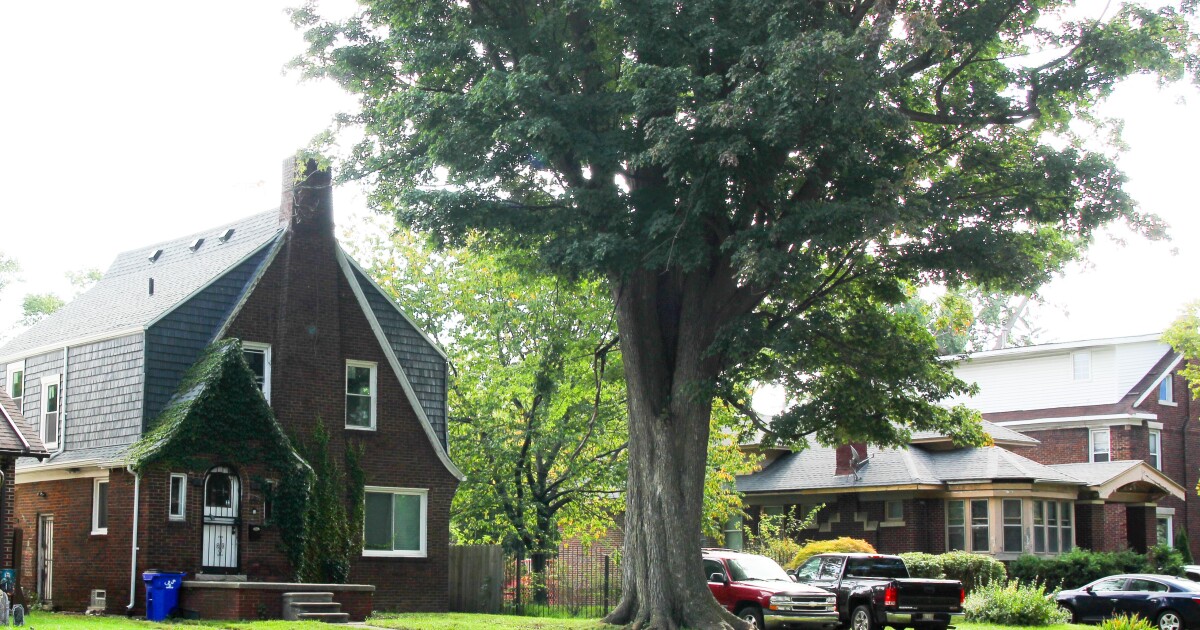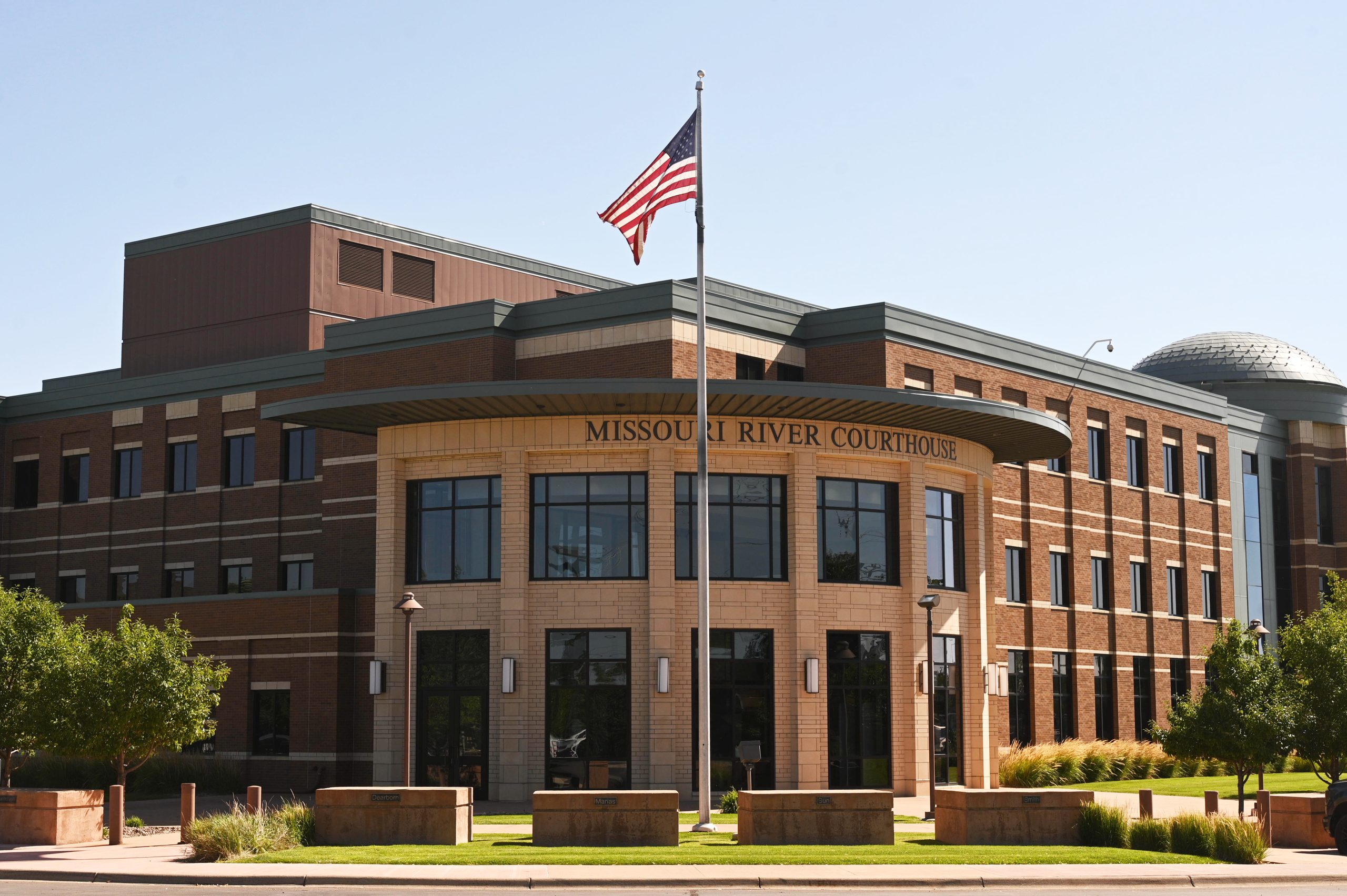PITTSBURGH — Stephen Wells, trained in the Air Force to maintain F-16 fighter jets, including vital radar and weapons systems, found his military expertise largely unrecognized in academia. Upon transitioning to Pittsburgh’s Community College of Allegheny County (CCAC), he received a mere three credits for a physical education class.
Despite this setback, Wells pursued and achieved bachelor’s and doctoral degrees. He now serves as CCAC’s provost, contributing to a citywide initiative aimed at converting military and work experience into academic credits for others.
This Pittsburgh initiative reflects a national trend encouraging students, particularly those who have paused or not completed their degrees, to utilize life skills for academic credits, reducing time and costs. While higher education institutions have long offered credit for prior learning, the process has been cumbersome, costly, and complex, resulting in only 10% of students completing it. A study by the Western Interstate Commission for Higher Education and the Council for Adult and Experiential Learning, or CAEL, found that many students, especially from low-income backgrounds, do not even attempt it.
Wells lamented this barrier: “It drives me nuts” that this promise has historically proven so elusive. His college’s new Center for Education, Innovation & Training aims to change this.
Progress is visible, with nearly half of colleges and universities surveyed by the American Association of Collegiate Registrars and Admissions Officers, or AACRAO, reporting the addition of more pathways for credit recognition. This includes recognizing training from electricians and daycare workers toward degrees in electrical engineering and teaching, respectively.
The push for credit recognition is driven by the need to attract the 38 million Americans who have some college experience but never graduated, as reported by the National Student Clearinghouse Research Center. The decline in 18-year-old high school graduates is prompting institutions to revisit recruitment strategies.
“When higher education institutions are fat and happy, nobody looks for these things. Only when those traditional pipelines dry up do we start looking for other potential populations,” remarked Jeffrey Harmon, vice provost at Thomas Edison State University, which has long supported adult learners with credit for their skills.
Credit for prior learning serves as an effective recruitment tool. CAEL, Strada Education Foundation, and Hanover Research found that 84% of adults considering returning to college would be strongly influenced by such credit opportunities. On average, students save between $1,500 and $10,200, and nearly seven months toward a bachelor’s degree, according to Higher Learning Advocates. This significantly boosts graduation chances by 17%.
Melissa DiMatteo, 38, saved a year in her part-time studies at CCAC by receiving credits for her Microsoft Office training and work experience. “Taking those classes would have been a complete waste of my time,” she noted, emphasizing her daily supervisory and training roles.
Justin Hand, an information technology manager, received 15 credits through a University of Memphis program that assessed his software and networking skills, allowing him to expedite his degree completion.
Employers and policymakers increasingly urge colleges to credit prior learning to meet workforce demands quickly. Online universities like Western Governors University and Southern New Hampshire University are leading in this area, using it as a strategic marketing advantage.
“They’ve mastered this and used it as a marketing tool,” said Kristen Vanselow of Florida Gulf Coast University, which is expanding credit for prior learning alignment. “More traditional higher education institutions have been slower to adapt.”
Advancements in evaluating skills for academic credit include standardizing assessments and utilizing artificial intelligence. Miami Dade College has notably increased the number of credits awarded for prior learning, from 1,197 in 2020 to 7,805 last year, illustrating the growing acceptance and efficiency.
About 15% of full-time and 40% of part-time undergraduates are 25 or older, often with military or volunteer experience that could translate into credits, according to federal data. “Nobody wants to sit in a class where they already have all this knowledge,” said Philip Giarraffa from Miami Dade College.
Efforts like the University of North Carolina System’s Military Equivalency System allow service members to quickly identify potential academic credits, a move intended to keep them within state institutions rather than losing them to out-of-state options.
California’s community colleges are expanding credit for prior learning to boost the number of residents with education beyond high school. “How many people do you know who say, ‘College isn’t for me?’” asked Sam Lee from the California community college system. Recognizing their existing skills as equivalent to college coursework can change perspectives significantly.
The Regional Upskilling Alliance in Pittsburgh, involving CCAC, is creating comprehensive records of education and employment to better recognize workers’ existing skills.
Despite the benefits, some faculty have resisted credit for prior learning, fearing it might impact course enrollments or question the quality of external training. However, this is changing as institutions see the revenue potential from higher enrollment and retention.
While public institutions often need legislative mandates to expand credit for prior learning, private colleges remain less likely to adopt these measures. Many institutions still charge fees to assess prior learning, which financial aid does not cover, posing a barrier for students.
Seventy percent of institutions require students to apply and be accepted before knowing if they’ll receive credits, and many limit the number of credits awarded. However, as recognition of prior learning grows, it becomes a powerful tool to encourage students to return and complete their education.
—
Read More Kitchen Table News




